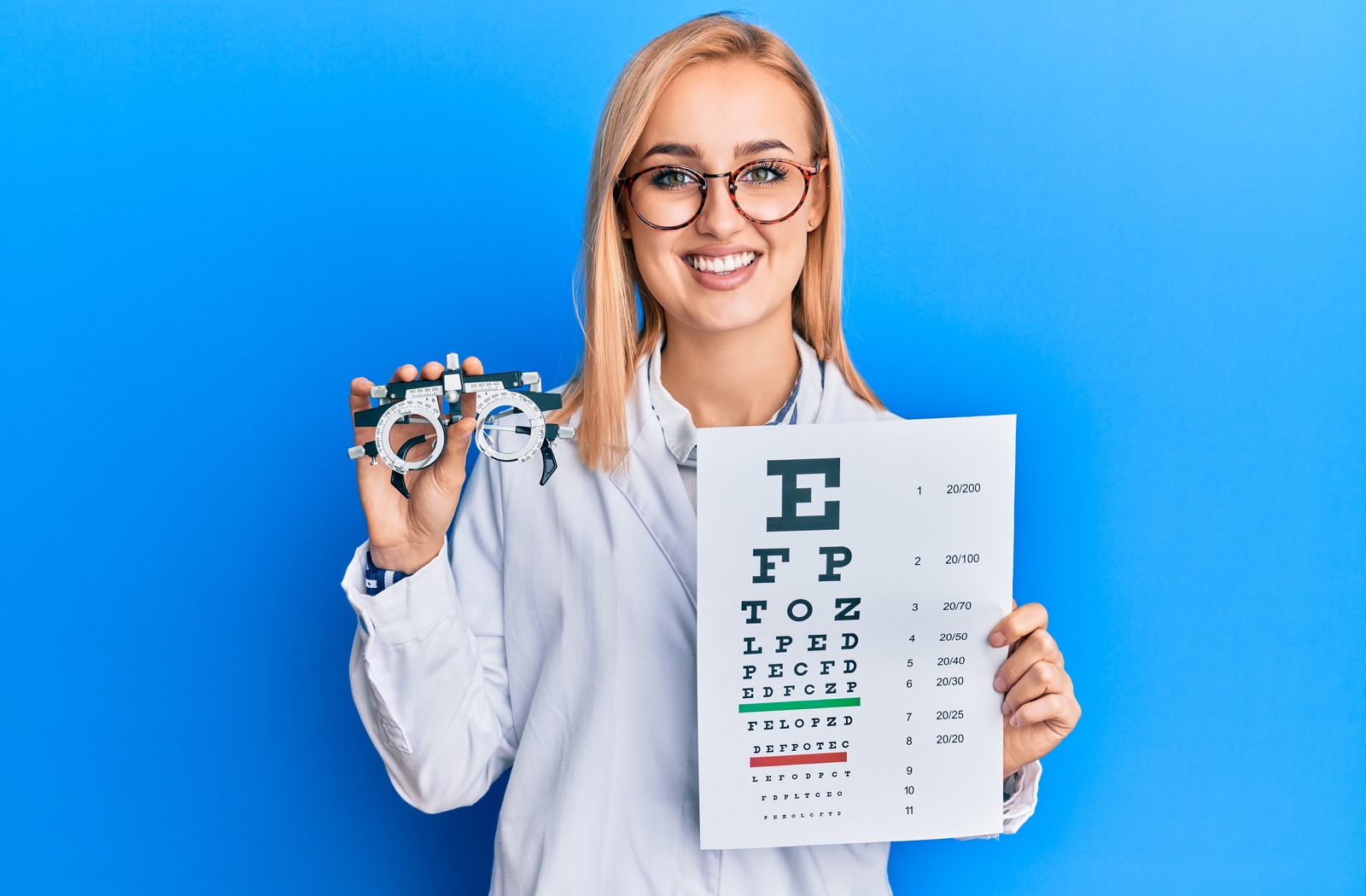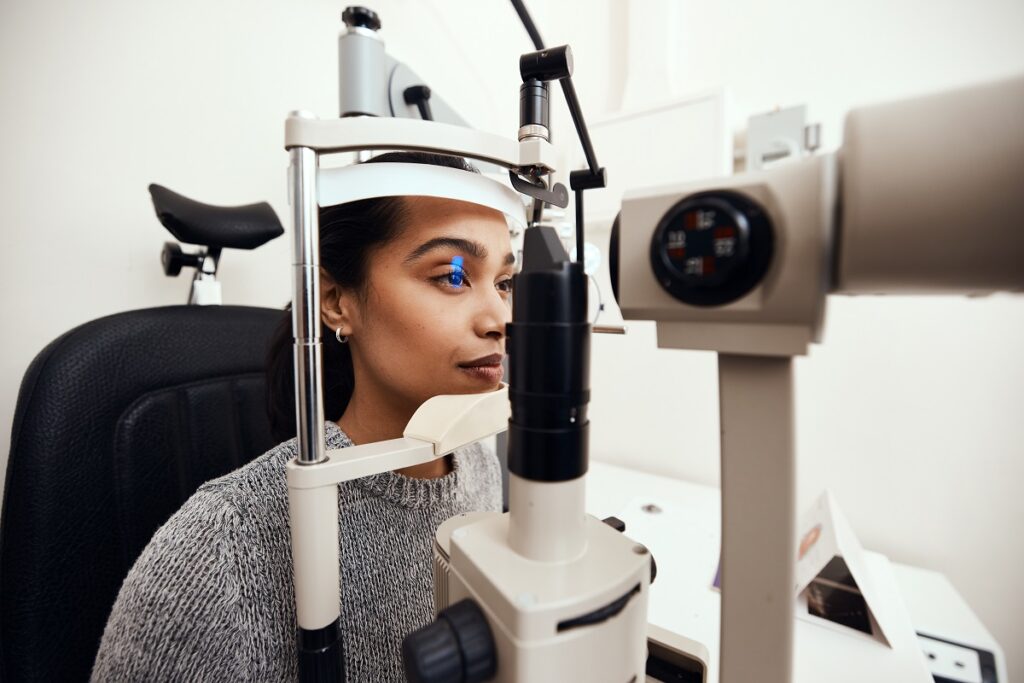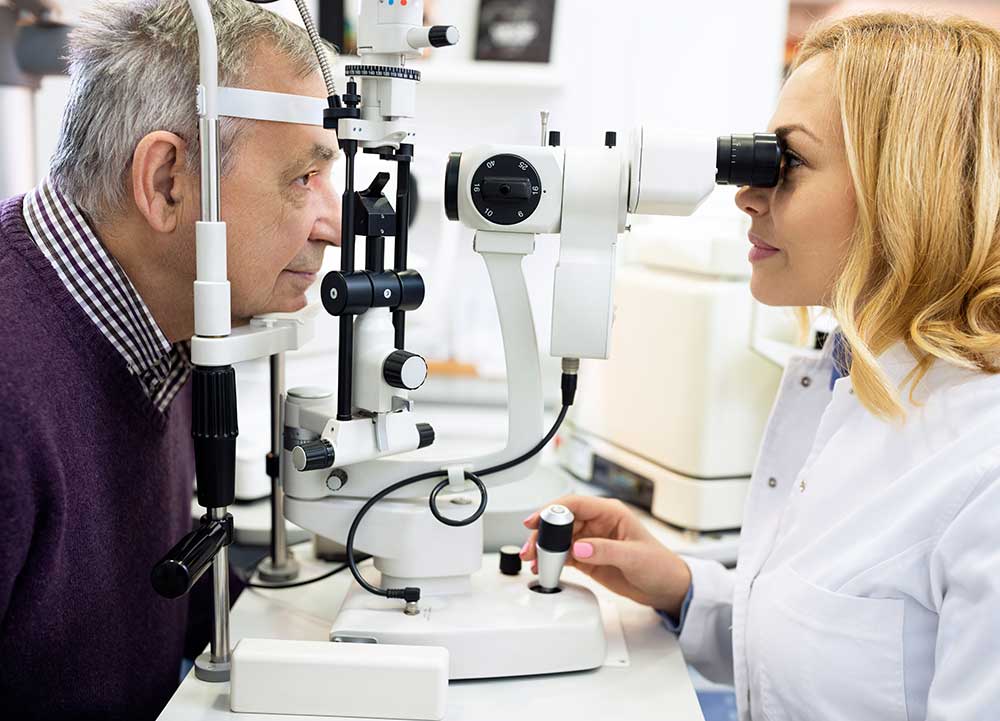Locate a Trusted Optometrist Chino for Family Eye Treatment Solutions
Locate a Trusted Optometrist Chino for Family Eye Treatment Solutions
Blog Article
Discovering the most up to date Technical Improvements in Optometry and What They Mean for Optometrists
From the precision of Optical Comprehensibility Tomography to the nuanced understandings provided by AI-driven analysis devices, these technologies are setting new criteria in individual evaluation and treatment. As these innovations permeate the practice, eye doctors are faced with the obstacle of accepting these tools to enhance individual outcomes.
Advancements in Diagnostic Equipment
Progressing the field of optometry, technologies in analysis devices have actually reinvented the means eye treatment experts assess and diagnose ocular conditions and aesthetic problems. The past decade has experienced considerable technical developments, allowing even more accurate and comprehensive evaluations. Optical Comprehensibility Tomography (OCT), for instance, gives high-resolution cross-sectional photos of the retina, permitting the early discovery of conditions such as glaucoma and age-related macular degeneration. This non-invasive imaging method has actually become essential in contemporary optometric technique.
Another key development is the intro of advanced corneal topography systems, which map the surface curvature of the cornea with accuracy. These tools are particularly valuable for suitable contact lenses and identifying corneal disorders. Electronic retinal imaging has transformed conventional ophthalmoscopy, using comprehensive, panoramic sights of the retina that help with thorough aesthetic exams.
The advancement of wavefront aberrometry has actually additionally been vital, allowing the analysis of refractive errors with unparalleled accuracy (Opticore Optometry). This innovation aids in tailoring restorative lenses and improving surgical results for refractive surgical procedures. Collectively, these analysis developments empower eye doctors to provide remarkable individual care, guaranteeing early treatment and tailored treatment techniques, inevitably boosting visual health and wellness end results
AI in Individual Management
Structure on the structure of cutting-edge diagnostic devices, the unification of artificial intelligence (AI) in person management stands for a transformative jump for optometry. AI systems are progressively utilized to enhance effectiveness, accuracy, and customization in patient care.
In addition, AI-driven platforms help with streamlined person communications and administrative processes. Automated organizing, digital examinations, and individualized follow-up plans not only improve person satisfaction however additionally optimize time administration for experts. These systems can triage individuals based upon the urgency of their conditions, guaranteeing that those in important need get prompt interest.
In addition, AI enhances decision-making by providing optometrists with evidence-based recommendations and treatment pathways. By integrating information from digital health and wellness documents, AI tools provide insights that educate scientific decisions, decreasing the risk of errors and boosting patient outcomes. As AI remains to advance, its duty in patient monitoring will likely broaden, improving the landscape of optometric treatment.
Breakthroughs in Retinal Imaging
In the realm of optometry, retinal imaging has seen exceptional technical developments that are boosting analysis capabilities and patient treatment. Developments such as Optical Coherence Tomography (OCT) and fundus digital photography have actually reinvented just how optometrists evaluate the retina and picture.
Boosted imaging techniques like OCT angiography are further refining analysis precision. This non-invasive strategy maps blood circulation in the retina, using critical understandings right into vascular health without the requirement for color injections. Furthermore, adaptive optics technology is being incorporated into retinal imaging systems to remedy eye aberrations, delivering unmatched photo quality. Such advancements facilitate the identification of min retinal modifications that can symbolize disease progression.
In addition, innovations in expert system are boosting retinal imaging by making it possible for automatic analysis of large datasets. These systems assist eye doctors in recognizing patterns indicative of pathology, consequently improving diagnostic accuracy and efficiency. Jointly, these advancements are transforming retinal imaging right into a keystone of modern eye care, improving results and expanding healing opportunities.
Teleoptometry's Expanding Duty
Teleoptometry is progressively ending up being a crucial part of eye care, driven by developments in digital interaction and analysis tools. As optometry welcomes digital transformation, teleoptometry helps with remote assessments, enabling eye doctors to expand their services past typical borders. This is particularly beneficial in rural and underserved areas where access to specialized eye treatment is frequently minimal. By leveraging high-resolution video clip conferencing and progressed retinal imaging, eye doctors can conduct comprehensive eye tests from afar, making certain timely medical diagnosis and treatment.
The integration of expert system (AI) more enhances teleoptometry, enabling the analysis of aesthetic data and aiding in the discovery of eye problems such as glaucoma and diabetic retinopathy. AI-powered formulas can swiftly translate complex imaging information, providing eye doctors with valuable insights that boost medical decision-making.
Furthermore, teleoptometry sustains connection of treatment with smooth combination with electronic health records (EHRs), enabling optometrists to maintain detailed client backgrounds. This makes certain that people receive tailored and constant care also when seeking advice from different specialists.
Despite these benefits, challenges remain, including making certain data safety and security and taking care of person expectations. Teleoptometry represents a significant stride towards even more accessible, efficient, and patient-centered eye treatment. As modern technology advances, its function is positioned to increase further.

Future Trends in Eye Treatment
A myriad of ingenious patterns is readied to improve the future of eye care, driven by technical improvements and the evolving requirements of individuals. One considerable trend is the integration of fabricated intelligence (AI) in diagnostics, which promises to boost the precision and performance of eye assessments. AI algorithms can analyze substantial amounts of data from retinal pictures, potentially spotting problems like diabetic person retinopathy and glaucoma earlier than conventional approaches.
In addition, individualized medication is acquiring grip in optometry, with genetic testing informing personalized therapy plans. This approach intends to maximize client results by tailoring treatments to specific hereditary profiles. Wearable modern technology, such as wise contact lenses, is additionally on the horizon, offering real-time surveillance of intraocular pressure or sugar degrees, hence providing continual understandings right into systemic and eye wellness.
The fostering of augmented reality (AR) and More Bonuses virtual truth (VR) in training and client education and learning is another emerging fad. These innovations use immersive experiences that can improve understanding and skills both for eye doctors and individuals. As these trends advance, eye doctors must stay abreast of technical improvements to give advanced care, guaranteeing enhanced client Read Full Article outcomes and complete satisfaction in the vibrant landscape of eye treatment.
Final Thought

Collectively, these diagnostic advancements encourage eye doctors to supply superior individual treatment, guaranteeing very early treatment and tailored therapy strategies, eventually enhancing aesthetic wellness results.

As these innovations proceed to develop, eye doctors should adapt and include them right into method, ultimately maximizing process performance and elevating the criterion of eye care delivered to individuals.
Report this page